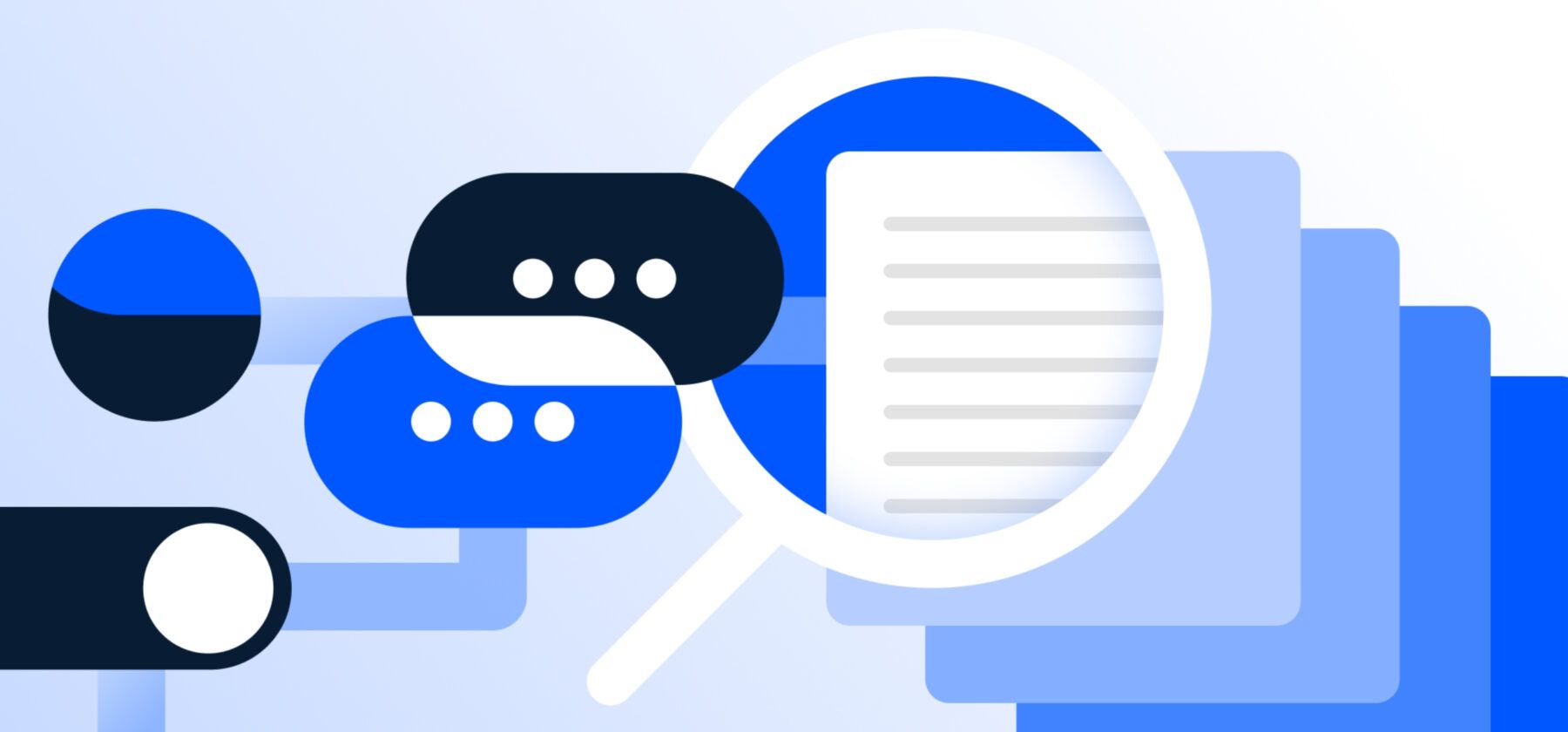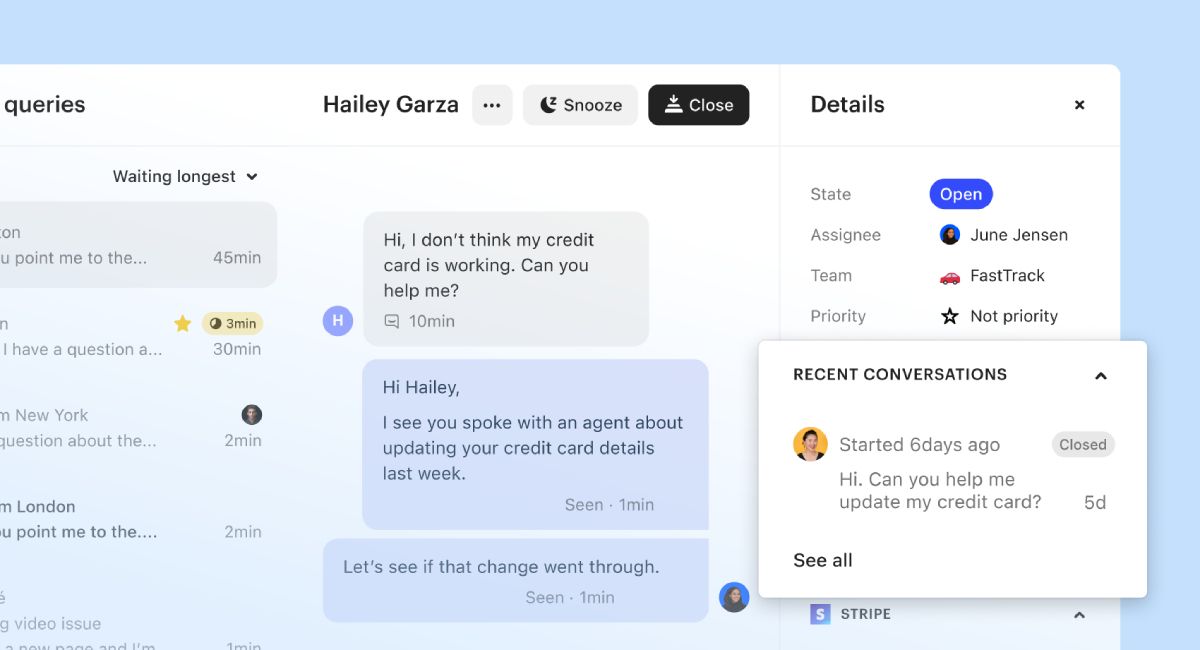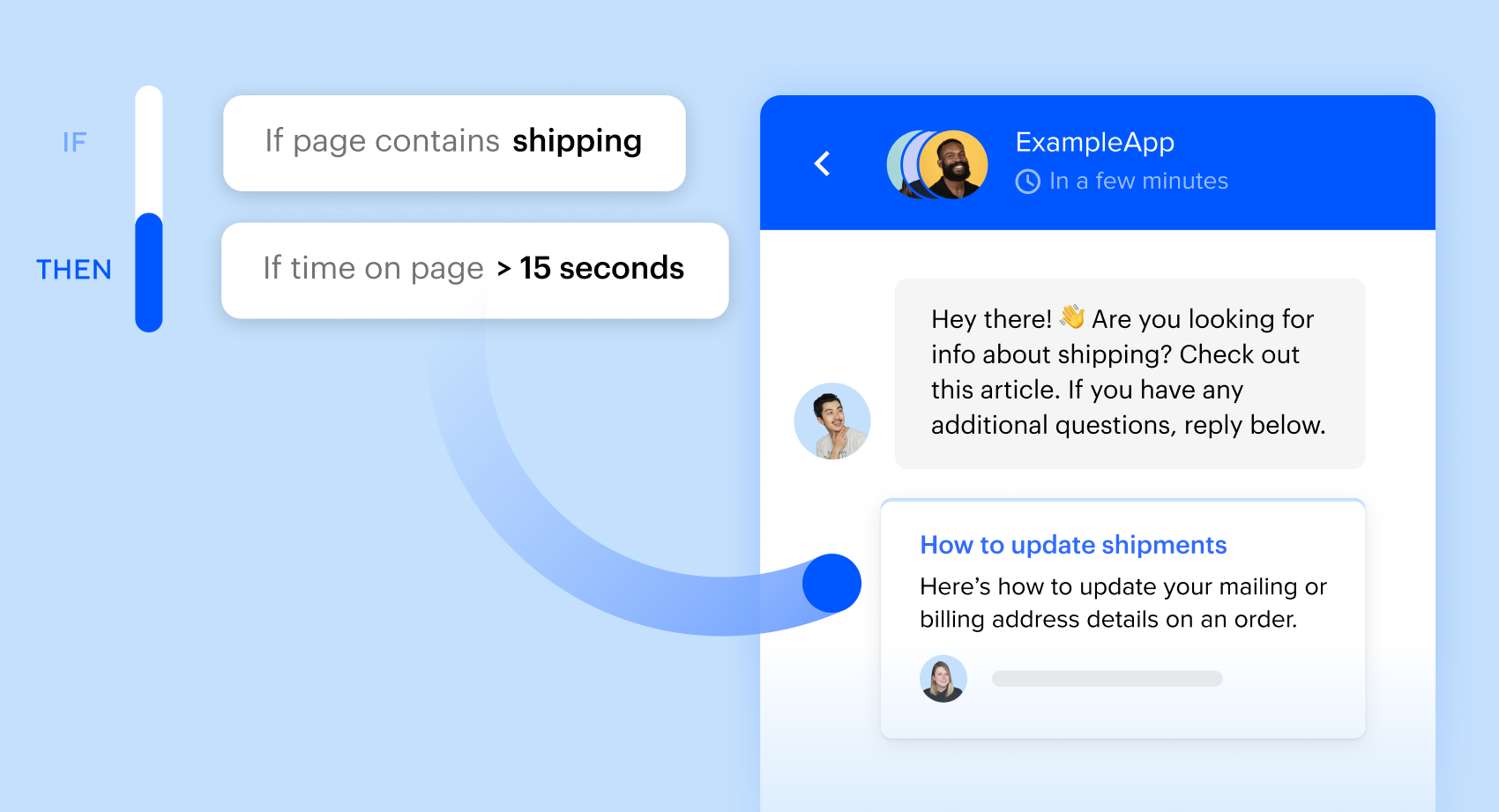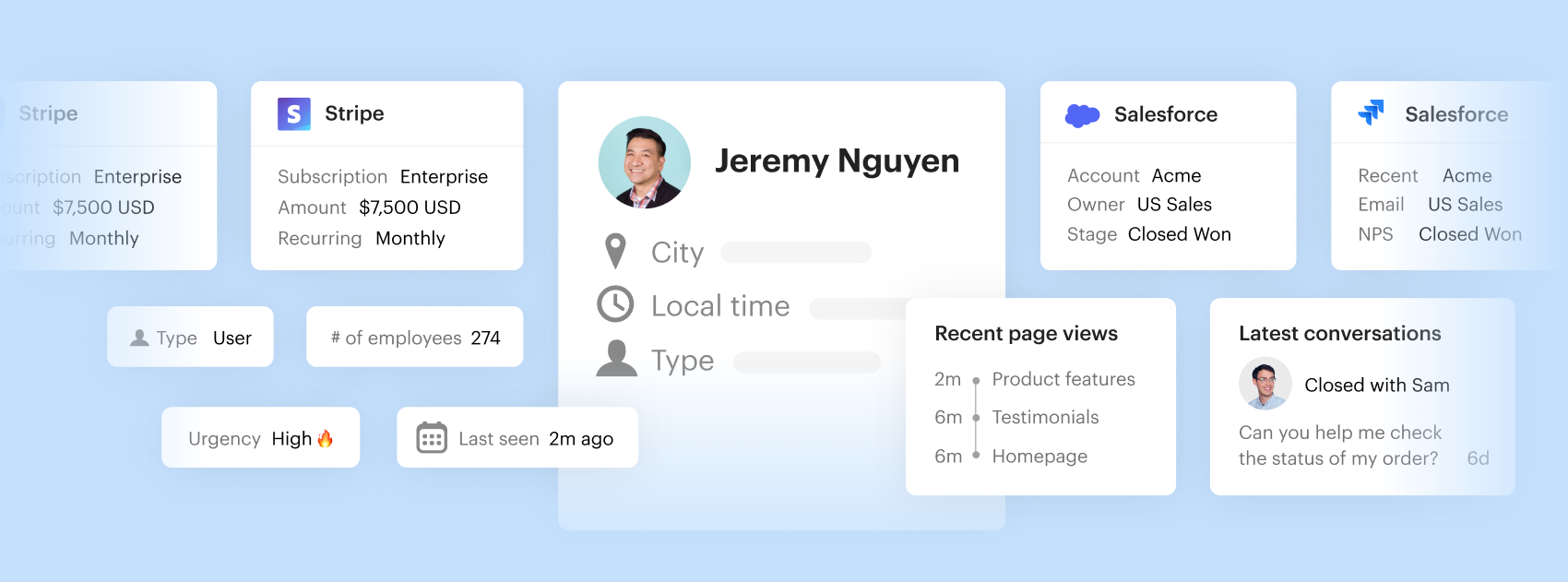
In-context or out of touch: The future of online customer service
Support teams are facing a critical juncture: business costs and customer expectations continue to grow while resources like headcount and budget are decreasing.
When it comes to support, modern customers want a personal, on-demand experience from businesses – with 75% of support leaders saying customer expectations have increased but only 34% confident they can meet those expectations.
Efficient, personal support is the name of the game when it comes to closing this gap. Now is the time for support leaders to level up previous support strategies and adopt new tactics.
Supporting your customers in the context of what they are doing, in their moment of need, is the fresh approach that businesses require for modernized customer service. But don’t worry if you’re not yet familiar with “in-context support” – today, we’re showing you its power and how to get your strategy started.
What does it mean to support customers in context?
Supporting customers in context means solving their problems when and where they have them – that is, while they’re using your product, app, or website. Powered by a messenger with automation and self-serve capabilities, your team can provide the exact support customers need, at the precise moment they need it.
By adding in-context support to your tech stack, you can turn your support team into a significant value driver – without making investments in numerous tools or increasing your headcount.
So, how can it transform your offering into an experience that drives loyalty?
- By adding a messenger to your product, you can help customers in their moment of need – in your product, website, or app while their query is top of mind.
- The time it takes to resolve issues is reduced, thanks to automation. Chatbots can resolve simple, repetitive queries or empower customers to self-serve within the messenger.
- In turn, your team is then freed up to focus on resolving high-priority and VIP queries.
- A messenger can automatically gather rich, in-the-moment, first-party data for you via chatbots, surveys, third-party integrations, and other cutting-edge technology. This customer data and conversation history is carried across channels, empowering your team to move seamlessly between tools like chat, email, and phone without losing context. With all of this context at their fingertips, your team is empowered to provide more personal, efficient support and customers won’t need to waste time repeating themselves.
- Armed with contextual data, you can also create more personalized, and targeted customer experiences across the entire customer journey – from personalized proactive outbound messages to razor-accurate chatbot answers, and more.

Conversation history is carried across channels, empowering your team to provide personal, efficient support without losing context.
Why is providing support in context the future of customer service?
With the digital landscape becoming a highly competitive space across all industries, engaging – and retaining – the customers you have is easier (and more effective) than winning new ones. In fact, it costs five times more to acquire a new customer than it does to retain an existing customer. Plus, 65% of the average company’s revenue comes from existing customers – so it pays off in the long run to keep them happy.
Effective support plays a significant role in retention – it’s an opportunity to delight and educate your customers, resolve their issues, and overall, improve the relationship they have with your brand. However, this is no easy feat, with today’s customers expecting a personal, on-demand experience that’s convenient for them. And if a company doesn’t adapt to what the new norms are, customers will explore competitors who do.
“Always-on, always in context, always a click away, and delivered in an instant is the new consumer mindset”
Always-on, always in context, always a click away, and delivered in an instant is the new consumer mindset. And when you support customers in context, you are able to provide just that, seizing the moment when a customer turns their attention to you – in your product, on the website, in your app. Powered by automation and providing self-serve support, you can not only meet these customer expectations but also elevate your support team to becoming hyper-efficient, customer-retaining business partners.
How can you provide a support experience that’s future-proofed?
At this point you might be asking, “How can I provide a support experience that’s flexible enough to handle these demands without increasing my budget?” The answer is to focus on three key areas:
“Old habits die hard but expectations are ever-growing”
Supercharge your communication methods: Old habits die hard but expectations are ever-growing. Customers still expect to be able to contact you by phone and email – but by adding a messenger to your existing tech stack you can make support available in the moment and across channels. Automation and empowering customers to self-serve will then help free up your team members to deal with more complex queries, like emotionally-charged complaints, billing queries, and helping angry customers who are at risk of churn. In turn, you’ll increase efficiency without increasing your headcount.

The devil’s in the data: Data is the fuel for efficiency. Customers want to be known and understood – they expect context to follow them from channel to channel and they expect instant interactions. That’s no mean feat – but being able to automatically collect first-party data from your customers such as their personal details, preferences, and issues is the most powerful way to achieve all of this. By deploying tools such as chatbots, surveys, third-party integrations, and other cutting-edge technology, you can collect rich data to optimize automation, self-serve support, and your overall customer experience.
Make your tech stack work for you: And cross-functionally! 47% of customer support employees grapple with a lack of efficiency because their tools aren’t integrated with each other. By integrating your key customer communications tools – such as a messenger, powerful inbox, email, and phone – your team has all of the data and conversation history they need at their fingertips. This allows them to personally and efficiently support your customers – without needing to switch tools. The Intercom messenger and inbox integrate seamlessly with your existing support channels like email and phone. 😉

What are the business benefits of providing support in context?
Reduce investment costs
There are three powerful words that are music to any support leader’s ears: “This. Cuts. Costs.” Providing in-context support transforms your support team from a cost center to a value driver by improving operational efficiency:
- A reduced inbound volume for your human support team means lower cost to serve.
- This in turn gives support reps the capacity to work where they can have the most impact – providing high quality support to customers with unique, complex queries.
- As a result, this improves team morale – reducing the hefty costs involved in employee turnover and training new hires.
“Solving customers’ problems in the moment, where they are, leads to faster resolution times and reduced first response times”
Increase customer retention
As we’ve established above, in-context support plays a significant role in retaining your customers – and this has numerous benefits for your bottom line:
- Solving customers’ problems in the moment, where they are, leads to faster resolution times and reduced first response times.
- With faster responses and resolution times, customers are happier and more likely to stay which results in an increased customer lifetime value – leading to increased profitability.
Improved reputation drives sales
The thing about reputation is that it can’t be bought and can only be earned. With in-context support improving the quality of your customer service, customers are more likely to be advocates for your business.
- Your messenger and bots can collect rich first-party data, which you can use to optimize your customer experience at scale – allowing you to send targeted messages by segment, personalize campaigns, and train chatbots to recognize and resolve frequently asked questions.
- With automation reducing time to resolution, bots collecting first-party data, your messenger contextually targeting customers, and your support team freed up to look after more complex queries, customers will feel compelled to return for this fast, efficient, and personalized experience again and again.
- Repeat customers tend to spend 67% more than new ones – leading to increased profitability for your business. Plus, 64% of customers are more likely to refer others based on positive experiences – leading to new customers and increased sales.
Every support conversation is an opportunity to drive loyalty and growth
Each touchpoint in the customer journey is an opportunity to build a positive, long-lasting connection with a customer, but it’s also an opportunity for customers to run into roadblocks or other pain points.
With the right tools you can remove these roadblocks as they happen (or before they’ve occurred!) – providing quick, personalized, and relevant help to your customers – inside your product, app, and website. Ready to up-level your support strategy? Learn more about unlocking the power of in-context customer service here.








